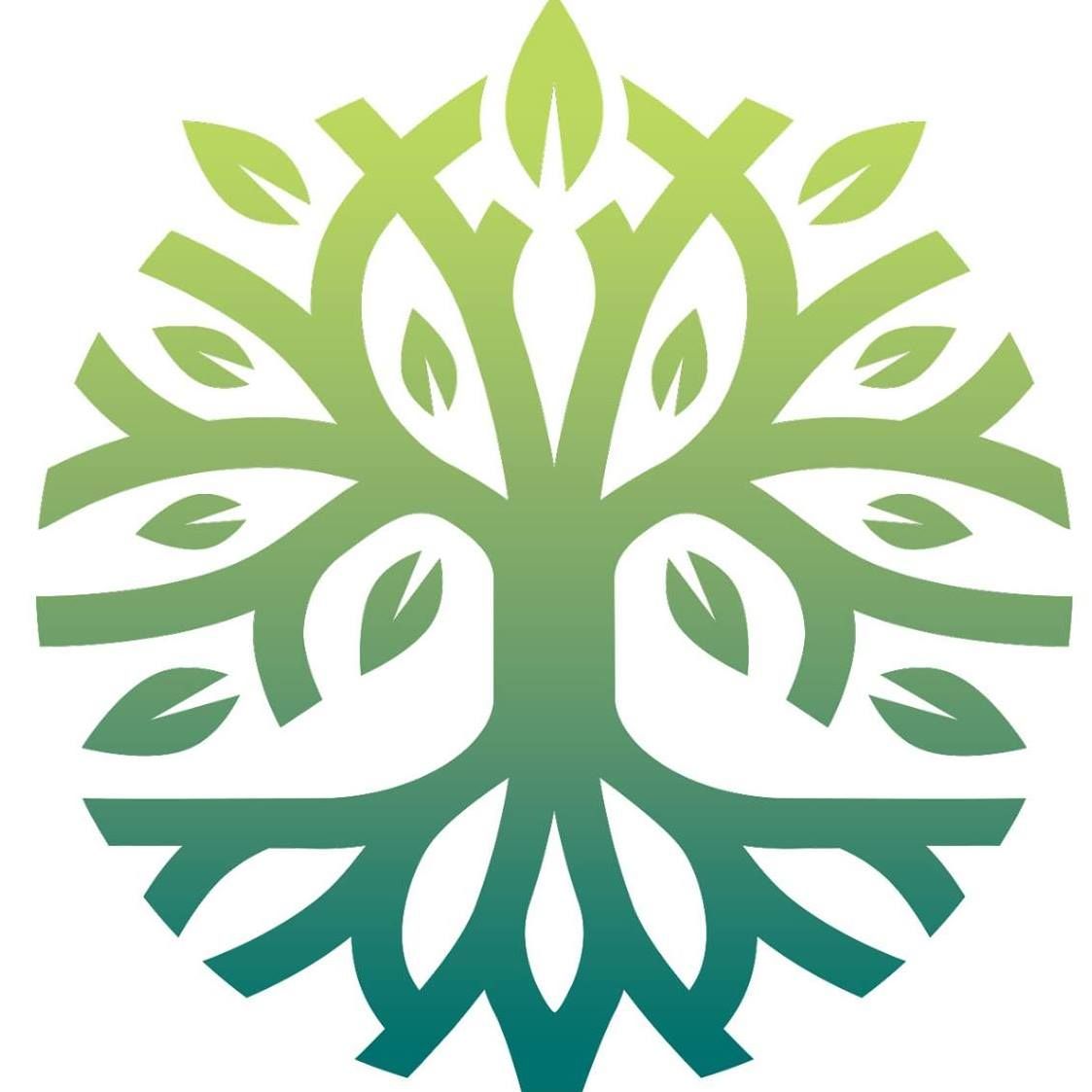Neck Pain & Stiffness
Get Chiropractic care in Highland & Lebanon, IL
" I had previously gone to a different chiropractor for a few years on a regular basis, she just couldn’t remedy my neck pain and it kept getting progressively worse. Within three sessions, Dr. Alvarado has me feeling better than I’ve felt in at least a year. "
Dealing With Neck Pain?
We will help you understand what is causing it and how to make it better.
Many Americans suffer from chronic neck pain, chiropractic treatments can help. Your cervical spine, or neck, is made up of seven bones stacked on top of each other with a shock-absorbing disc between each level.
Your neck is relatively flexible so it relies on muscles and ligaments for support. "Sprains" and "strains" occur when the tissues are being pulled and stretched too hard or too far, much like a rope that frays when it is stretched beyond its normal capacity.
The term, "sprain" refers to the tough, durable ligaments that keep your bones held together have been damaged, while "strain" means that your muscles or tendons that move your neck have in some way been partially torn.
Neck Pain Symptoms
The two leading causes of neck strains and sprains are auto accidents and sports injuries.
Other less traumatic activities like reaching, pushing, pulling, moving heavy objects and falls can also create similar problems. Most commonly, sprains and strains are not the result of any single event but rather from repeated overloading.
Tendons and ligaments are typically able to manage small isolated stressors quite well, but constant and consistent challenges lead to injury in much the same way that constantly bending a piece of copper wire will cause it to break.
Some common examples of these less acute types of cervical sprain/strain injuries include bad posture, poor workstations, repetitive movements, prolonged overhead activity, sedentary lifestyles, improper sleep positions, poor bra support and obesity.
Learn more about what causes neck pain and how to get pain free.
Neck Pain Symptoms
Symptoms from a sprain/strain can start suddenly but more often than not they develop over time.
Complaints often include dull neck pain that becomes a more intense pain when you move your head.
Bed rest and lying down may relieve your symptoms but often leads to stiffness. The pain is generally focused in the back of your neck but in some cases the pain can spread to your shoulders or between your shoulder blades.
Tension headaches commonly come along with neck injuries.
Be sure to inform your physician if you have any symptoms of a more serious or traumatic injury, including a severe or "different" headache, loss of consciousness, confusion or "fogginess", difficulty concentrating, dizziness, slurred speech, difficulty swallowing, change in vision, nausea or vomiting, numbness or tingling in your arms or face, weakness or clumsiness in your arms and hands, decreased bowel or bladder control or fever.
Getting Pain Free
Sprain/strain injuries cause your stable and healthy elastic tissue to be replaced with a much less elastic form of tissue that is known as "scar tissue". This process can lead to more severe forms of pain and even arthritis in some cases. Seeking treatment as early as possible, like the type provided in our office, is critical to making sure that the condition is minimized.
Depending upon how severe your condition is, you may need to limit your activity for awhile- especially movements or activities that cause pain. It is best if you are able to avoid heavy lifting and take frequent breaks from prolonged activity, particularly overhead activity. Following acute injuries, you can apply ice for 10-15 minutes each hour. Heat may be helpful after several days or for more chronic types of pain. Be sure to ask your doctor for specific ice/heat recommendations. Some patients report partial relief from sports-creams.
Looking to get free from neck pain?
Contact us today and request an appointment.


